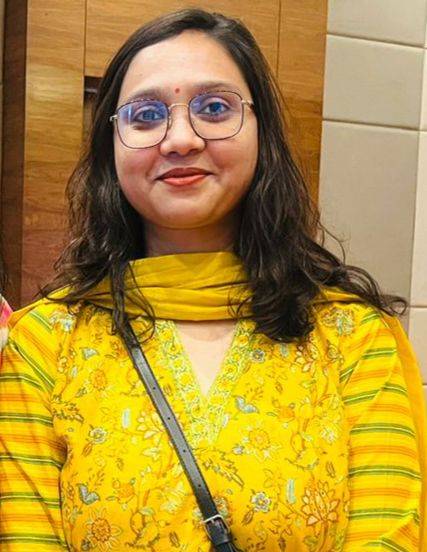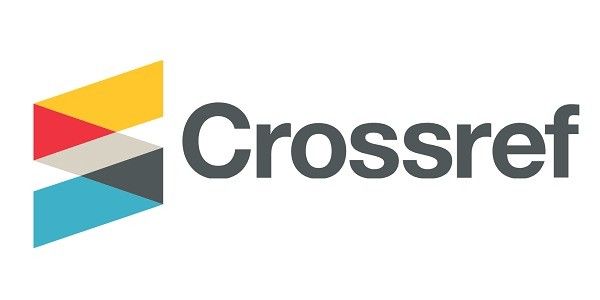Analysis of Retinal Nerve Fibre Layer Thickness with HtrAlc andBlood sugar levels in Type 2 Diabetes Mellitus patients without clinical diabetic retinopathy
Downloads
Published
Keywords:
.Dimensions Badge
Issue
Section
License
Copyright (c) 2023 UP JOURNAL OF OPHTHALMOLOGY

This work is licensed under a Creative Commons Attribution-ShareAlike 4.0 International License.
© Author, Open Access. This article is licensed under a CC Attribution 4.0 License, which permits use, sharing, adaptation, distribution and reproduction in any medium or format, as long as you give appropriate credit to the original author(s) and the source, provide a link to the Creative Commons licence, and indicate if changes were made. The images or other third party material in this article are included in the article’s Creative Commons licence, unless indicated otherwise in a credit line to the material. If material is not included in the article’s Creative Commons licence and your intended use is not permitted by statutory regulation or exceeds the permitted use, you will need to obtain permission directly from the copyright holder. To view a copy of this licence, visit https://creativecommons.org/licenses/byncsa/4.0/.
Objectives: The purpose of this study is to determine the correlation of retinal nerve fibre layer (RNFL) thickness with glycosylated haemoglobin (HbA1c) and blood sugar levels among Type 2 diabetic patients without clinical diabetic retinopathy. Methodology: This is a cross-sectional study involving 40 patients- Type 2 Diabetic patients without any evidence of diabetic retinopathy. A total of 80 eyes were observed. Evaluation of thickness of retinal nerve fibre layer along a 3.4mm diameter circle centred on the optic nerve head using SD-OCT in diabetic patients without clinical retinopathy. Comparison of the RNFL between patients with HbA1c <6, 6-7, >7 & with fasting blood sugar & post prandial blood sugar levels & which quadrant is maximally affected. Results: The decrease in the thickness in the average RNFL thickness is affected by raised HbA1c levels, raised, Fasting Blood Sugar (FBS) & Post Prandial Blood Sugar (PPBS) levels (poor glycemic control). Conclusion: Non proliferative Diabetic Retinopathy in type 2 Diabetes mellitus patients appears to have thinner RNFL thickness and is significantly correlated with high level of fasting & post prandial blood sugar levels & glycosylated haemoglobin levels.Abstract
How to Cite
Downloads
Most read articles by the same author(s)
- Diksha Prakash, Abhishek Chandra, OPS Maurya, NATAMYCIN RESISTANT FUNGAL KERATITIS: A CASE REPORT , UP Journal of Ophthalmology: Vol. 2 No. 01 (2014): UP JOURNAL OF OPHTHALMOLOGY
- Annapurna Parlda, Ragini Tilak, Diksha Prakash, Samir Kumar, OpS Maurya, Clinico-microbiological profile of ocular mycosis with special reference to filamentous fungi , UP Journal of Ophthalmology: Vol. 4 No. 01 (2016): UP JOURNAL OF OPHTHALMOLOGY
- Reshmee Boodoo, Diksha prakash, Samir Kumar, OpS Maurya, Abhishek Chandra, Electron microscopic changes in Descemet,s Membrane(DM) in Pseudophakic bullous keratopathy and Fuchs endothelial dystrophy , UP Journal of Ophthalmology: Vol. 4 No. 01 (2016): UP JOURNAL OF OPHTHALMOLOGY
- Diksha Prakash, Abhishek Chandra, Govind.v Khalkho, OPS Maurya, Natamycin Resistant Fungal Keratitis: A Case Report , UP Journal of Ophthalmology: Vol. 6 No. 01 (2018): UP JOURNAL OF OPHTHALMOLOGY
- Ririka, Sanjay Bosak, Rohit shahi, Diksha prakash, OPS Maurya, Blepharophimosis Syndrome , UP Journal of Ophthalmology: Vol. 4 No. 02 (2016): UP JOURNAL OF OPHTHALMOLOGY







